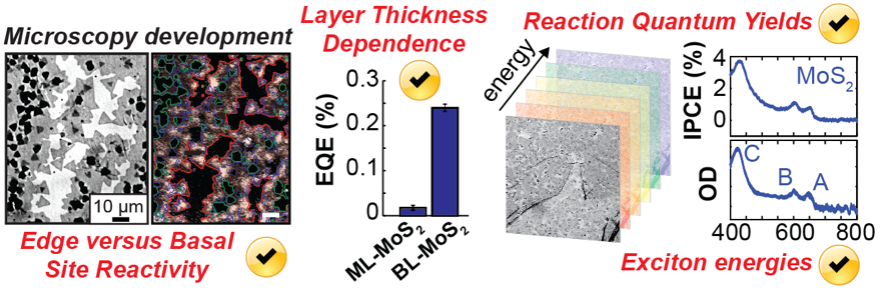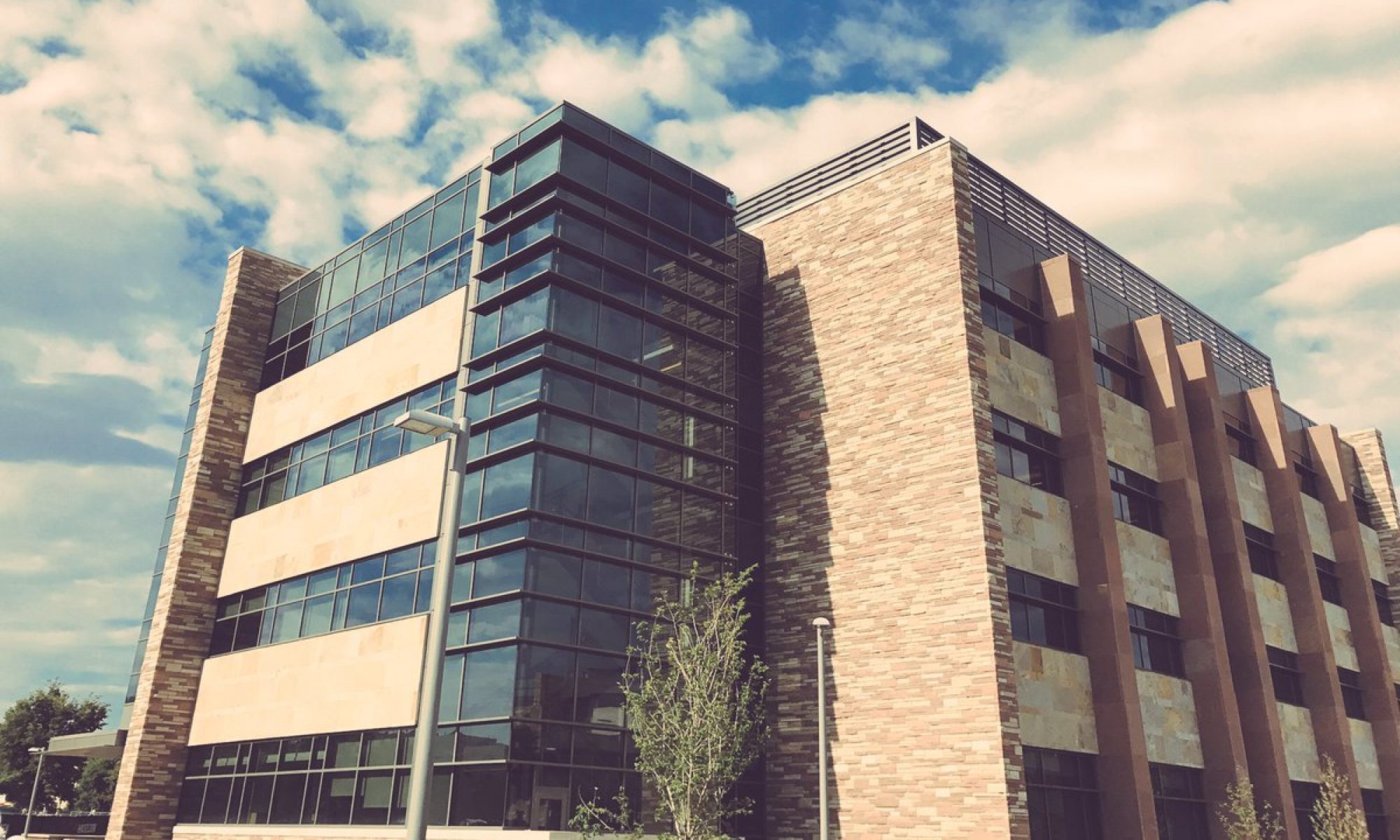To tackle the heterogeneity issue, my laboratory has developed spatially resolved measurements to overcome the 2D materials heterogeneity challenge. The driving force behind our early discoveries was the development of a correlated laser reflection/photocurrent mapping technique that spatially resolved light-induced electrochemical reactions from single nanosheets. This single-nanosheet photoelectrochemical approach revealed critical structural/property relationships that remain hidden in ensemble-averaging measurements.

We published nine key research articles in the field of 2D semiconductor photoelectrochemistry, including the first reports on the photoelectrochemical properties of pristine, isolated monolayers (MoS2, MoSe2, WS2, WSe2) and monolayer heterojunctions (MoS2/WS2 and MoSe2/WSe2). We have extensive expertise in preparing and characterizing 2D semiconductor electrodes and are well-positioned to make breakthrough discoveries in 2D semiconductor (photo)electrochemistry.

